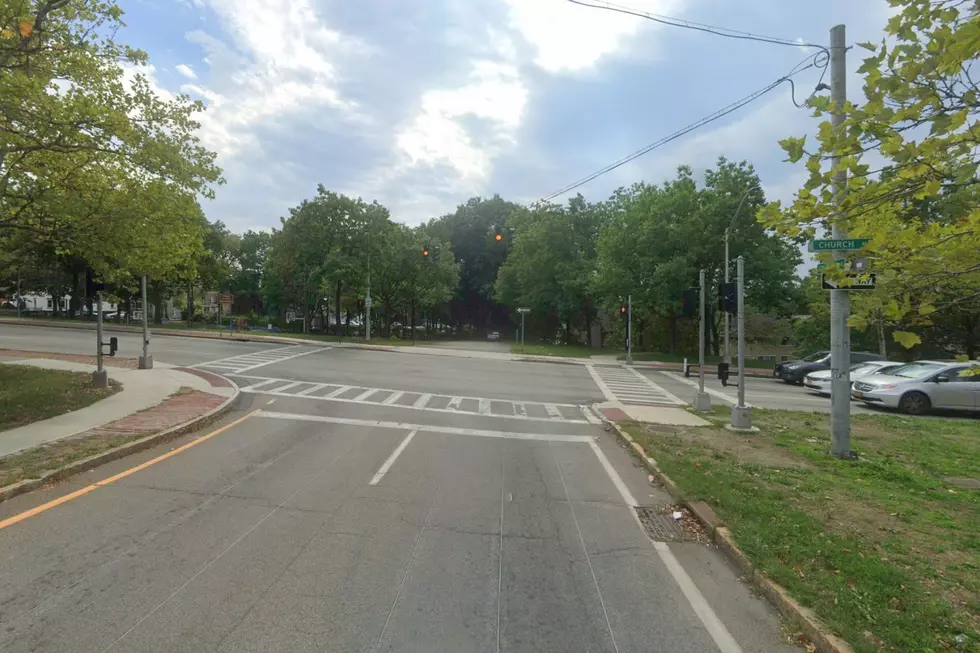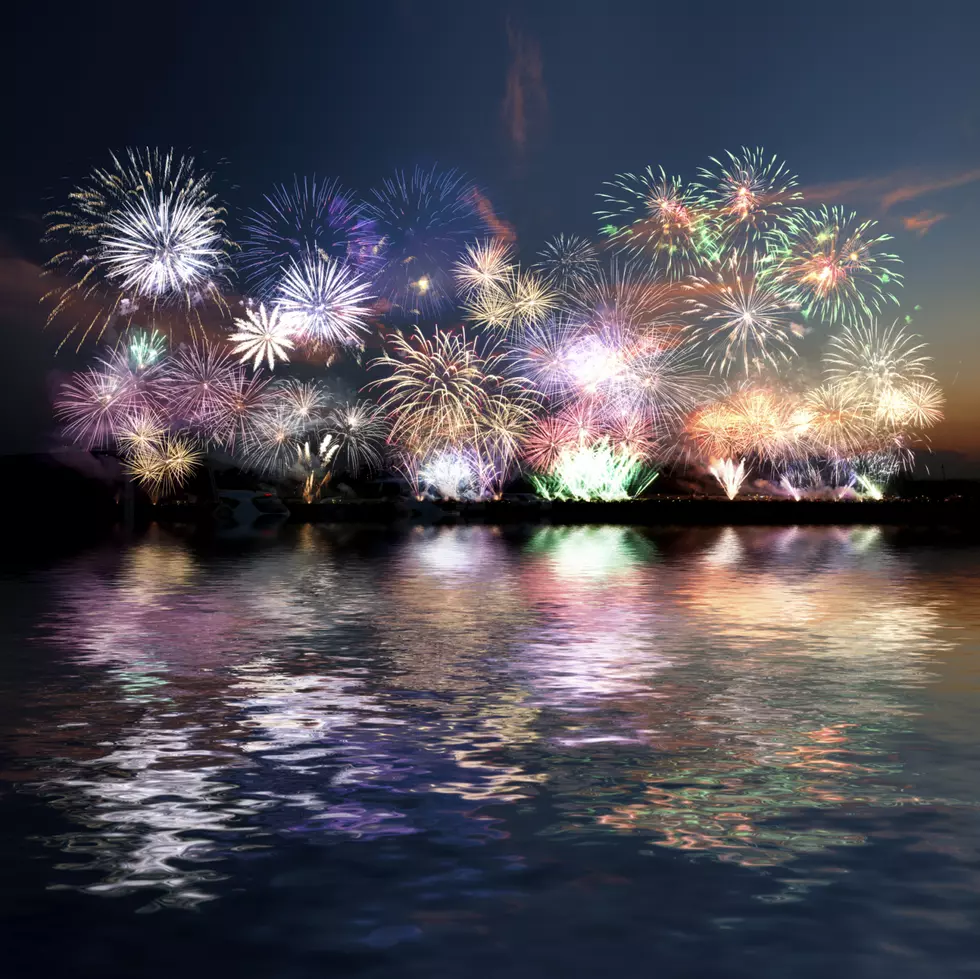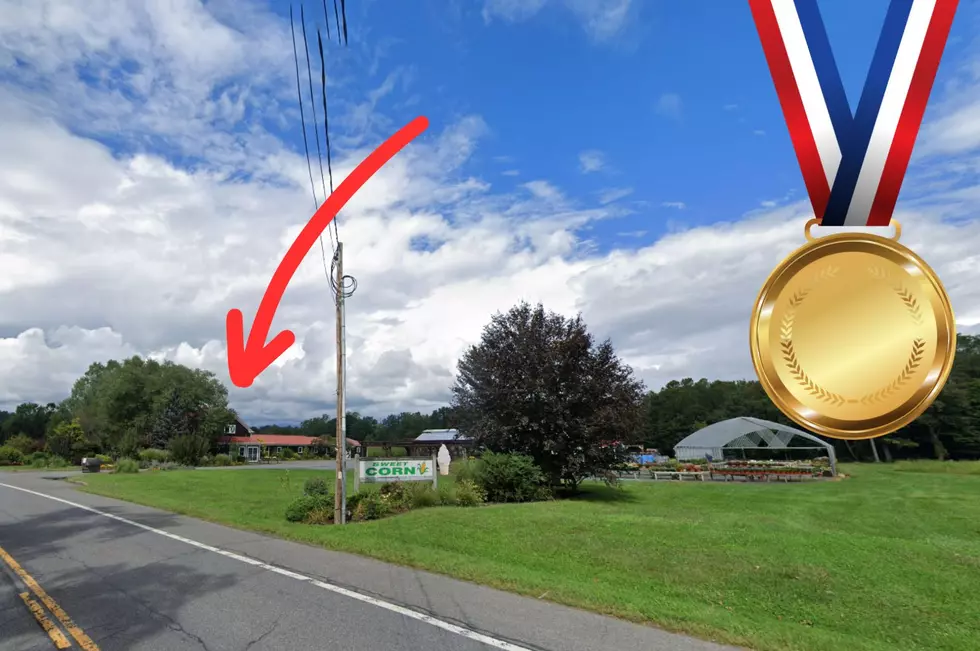
Oldest Ferry in The US Runs Through This Hudson Valley Area
All aboard!
It's not every day that we think about cruising along in a historic ferry within the Hudson Valley. Some Hudson Valley natives and new residents have been on this ferry before.
How Historic Is The Hudson Valley?
It's said that the Hudson River is named after Henry Hudson. He was mainly known for discovering the river that we live near, travel by, and may swim in.
According to Hudson River Valley Institute,
"The Hudson River Valley is one of America's most important scenic, cultural, economic, and historic regions. Discovered by Henry Hudson in 1609, the 315-mile long river was America's first river for many of the European colonists. For the Algonquin peoples, the Hudson estuary was called Mahicanituk, "The River That Flows Both Ways."
There are also several historical markers, historical sites and grounds that exist throughout the Hudson Valley.
The deep, historical roots of the Hudson Valley are a reminder of all of the important events that took place here along with influential members of society who made it possible for us to reside here.
The Oldest Ferry In The US Still Runs In The Hudson Valley
According to the Hudson River Maritime Museum,
"The ferry crossing between Newburgh, NY and Beacon, NY was one of the longest running on the Hudson River. Three ferries served the crossing in later years, the "Orange," the "Beacon," and the "Dutchess."
At the time, the ferries were the only way that people were able to travel since the Newburgh Beacon Bridge wasn't built until the 1960s.

Those who have traveled on this ferry may not have known that it was symbolic and historical.
"the Newburgh-Beacon Ferry is believed to be one of the oldest running ferries in the United States dating back to 1743."
Did You Ever See The Newburgh-Beacon Ferry?
Ferries played an important role in the Hudson Valley. They were considered one of the most used forms of public transport systems during that time.
According to Hudson River Maritime Museum,
"the New York Bridge Authority purchased the ferry company in 1956 and operated the ferry service under the Bridge Authority name until the bridge was complete. The original two-lane span of the Newburgh-Beacon Bridge opened to the public on November 2, 1963. At the end of the day on November 3, 1963, the ferries were removed from service - the last Hudson River commuter ferries in operation north of New York City were now gone."
When the Newburgh Beacon Bridge opened in the 1960s, the ferry had its last crossing on the Hudson River.
It wasn't until 2005 that the historic Newburgh Beacon ferry was brought back to life. It allows passengers to commute between Newburgh, NY and Beacon, NY.
Can You Ride The Historic, Newburgh-Beacon Ferry?
According to NY WATERWAY,
The Newburgh Ferry Terminal is located on Washington St. in Newburgh, NY. The route runs on weekdays from Monday-Friday. This happens during commuter hours between two locations, from Newburgh, NY to Beacon, NY. This is to connect with Metro North to Grand Central Station.
How Much Does It Cost To Ride The Newburgh-Beacon Ferry?
For an adult ticket, it's $1.75. It's free for children 5 and under and only $1.00 for children, ages 6-11 and seniors.
NY WATERWAY provides times and routing information.
Have you ever been on the Newburgh-Beacon ferry? What was your experience like on a ferry? Share with us below.
Newburgh-Beacon Ferry by anyjazz65/ CC BY-ND 2.0 (no changes made)
Wrong Answers Only: Why You Should Move To The Hudson Valley
Museums and Halls to Visit in the Hudson Valley
More From WRRV-WRRB










